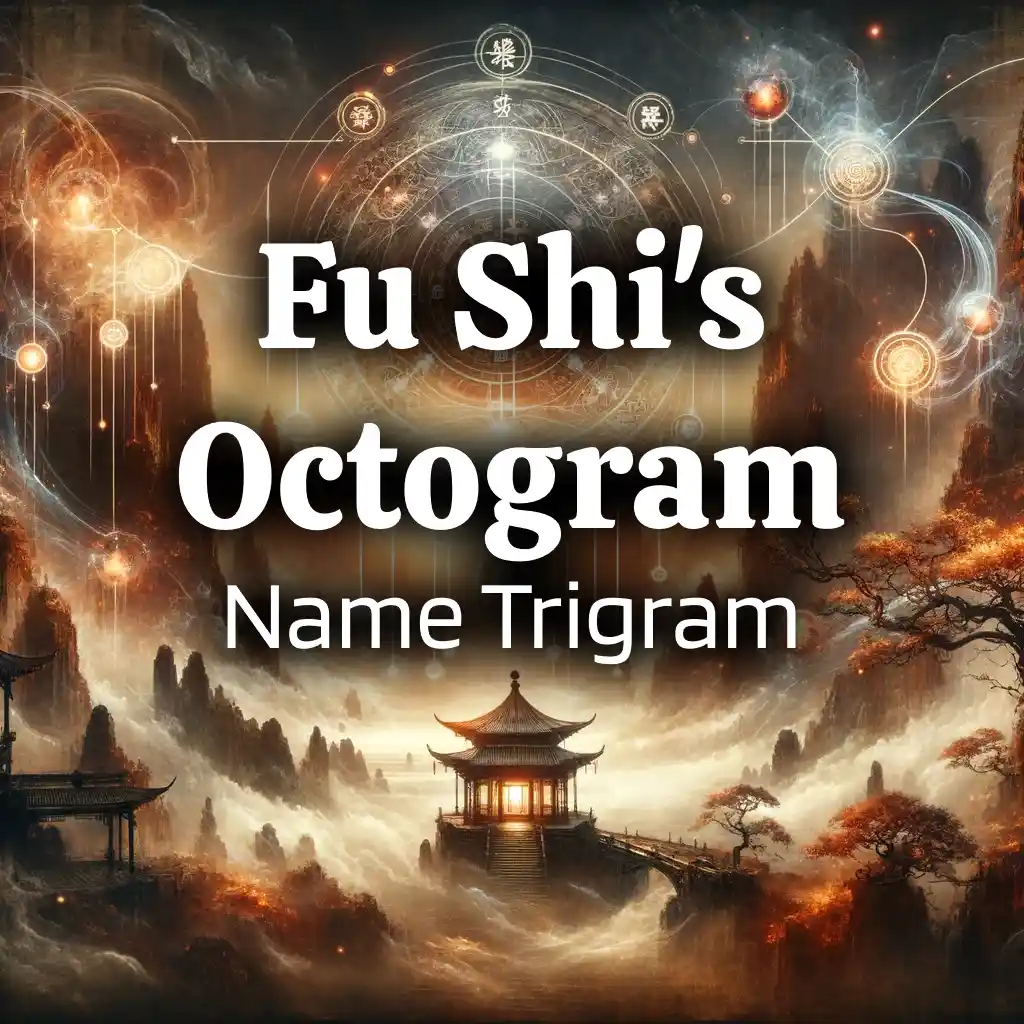
The Yin and The Yang
Written by: Greg Phillip TalusDate: 25.02.2024
Tags:
Philosophy Origins TCM
The concept of yin and yang is an ancient Chinese philosophy that significantly influences various aspects of Chinese culture, including medicine, martial arts, and spirituality. It provides a framework for understanding the world and the universe as a balance of complementary and interdependent forces, essential for achieving harmony and balance.
Origins of Yin and Yang
The origins of yin and yang trace back to ancient Chinese mythology and philosophy, with the earliest written records found in the I Ching (Book of Changes) from the 9th century BC. This text describes the universe as a balance of the complementary forces of yin—associated with qualities like femininity, darkness, and passivity—and yang—associated with masculinity, light, and activity.
The Five Elements
In Chinese philosophy, yin and yang are closely linked to the five elements: wood, fire, earth, metal, and water, which are considered the fundamental elements of the universe. Each element is associated with different yin and yang properties and connected to various organs in the body, influencing traditional Chinese medical practices.
Interplay of Yin and Yang in Chinese Medicine
Traditional Chinese medicine (TCM) utilizes the concept of yin and yang to maintain health and diagnose illnesses. It posits that each organ has yin and yang aspects, and health is achieved by maintaining balance between these energies. Imbalances are treated through methods that either enhance yin or yang, depending on the condition, using approaches like herbal medicine and acupuncture.
Yin and Yang in Martial Arts
Martial arts, such as Tai Chi and Qi Gong, incorporate yin and yang principles to achieve balance, strength, and flexibility. Practitioners learn to harmonize their movements with these energies, using the force of an opponent against them and maintaining physical and mental agility.
Spiritual Significance of Yin and Yang
In Taoism, yin and yang are fundamental for understanding the universe and achieving spiritual enlightenment. This philosophy views the universe as a manifestation of the Tao, with yin and yang as central elements of existence, promoting a balanced life and spiritual growth.
Yin and Yang in Contemporary Culture
The yin and yang symbol, depicting intertwined black and white swirls, has become globally recognized as a representation of balance and harmony. This concept has permeated various aspects of modern life, influencing psychology, spirituality, and even lifestyle, advocating for a balanced approach to life's challenges.
List of Opposite Qualities Represented by Yin and Yang
- Yin: female, passive, inward, cool, still, dark, earth, negative, contracting, moon, water, night, winter, inside, quiet, submission, moonlight, introversion, emptiness, cold, depression, soft, stillness, death, earth element, sadness, anxiety, clouds, weakness, inside, unconsciousness, contracting, discouragement, evening, insufficiency, absence, inaction, introspection, ignorance, internal, sorrow, fear, humility, poverty, darkness.
- Yang: male, active, outward, warm, dynamic, light, heaven, positive, expanding, sun, fire, day, summer, outside, loud, domination, sunlight, extroversion, fullness, hot, excitement, hard, movement, life, metal element, happiness, calm, sky, strength, outside, consciousness, expanding, motivation, morning, abundance, presence, action, expression, knowledge, external, joy, courage, pride, wealth, brightness.
Note: Yin and yang are not absolute opposites but complementary aspects of reality, each containing the seed of the other, and essential for understanding the complexities of life.
Conclusion
The yin and yang philosophy offers profound insights into achieving balance and harmony. By embracing these principles, individuals can enhance their health, deepen their spiritual understanding, and cultivate a balanced lifestyle. This timeless wisdom continues to offer guidance in personal and societal well-being.













